 Alamo Court
Alamo Court
Entry Category: Lawrence
 Alamo Court
Alamo Court
Alicia (Lawrence County)
Black Rock (Lawrence County)
 Black Rock Sign
Black Rock Sign
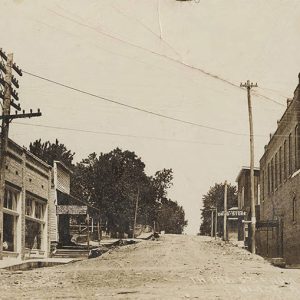 Black Rock Street Scene
Black Rock Street Scene
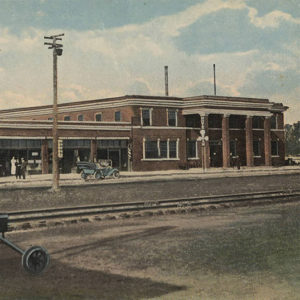 Boas Hotel
Boas Hotel
College City (Lawrence County)
 Cotton Oil Plant
Cotton Oil Plant
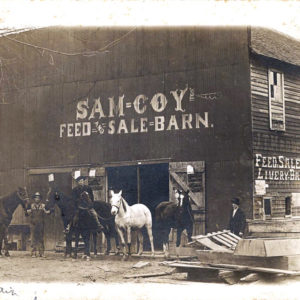 Coy Feed and Sale Barn
Coy Feed and Sale Barn
 D. Bloom's Mercantile
D. Bloom's Mercantile
 Denton
Denton
Denton (Lawrence County)
Driftwood (Lawrence County)
Hoxie (Lawrence County)
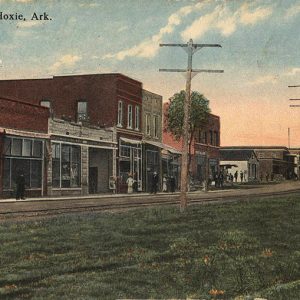 Hoxie Street Scene
Hoxie Street Scene
Imboden (Lawrence County)
 Imboden Flood
Imboden Flood
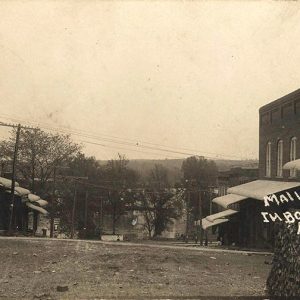 Imboden Street Scene
Imboden Street Scene
Lynn (Lawrence County)
Minturn (Lawrence County)
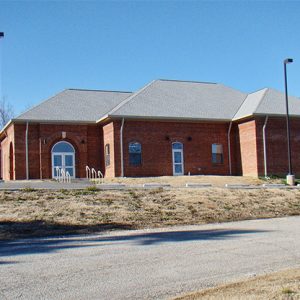 NEARA Building
NEARA Building
Portia (Lawrence County)
 Portia Bay
Portia Bay
 Portia Depot
Portia Depot
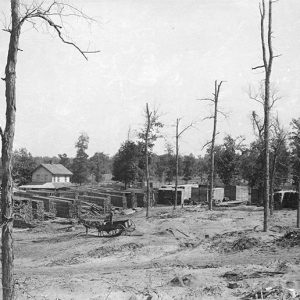 Portia Lumber Co.
Portia Lumber Co.
Powhatan (Lawrence County)
Ravenden (Lawrence County)
Saffell (Lawrence County)
 Salad Bowl Restaurant
Salad Bowl Restaurant
Sedgwick (Lawrence County)
Smithville (Lawrence County)
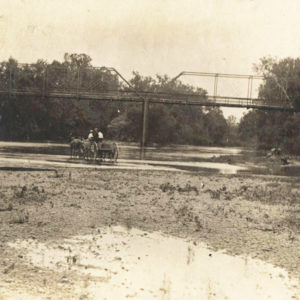 Spring River at Imboden
Spring River at Imboden
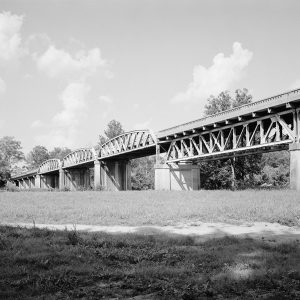 St. LouisSan Francisco Bridge
St. LouisSan Francisco Bridge
Strawberry (Lawrence County)
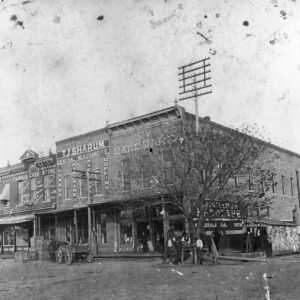 T. J. Sharum Mercantile
T. J. Sharum Mercantile
 Virgie's Restaurant
Virgie's Restaurant
Walnut Ridge (Lawrence County)
 Walnut Ridge Businesses
Walnut Ridge Businesses
 Walnut Ridge Church
Walnut Ridge Church
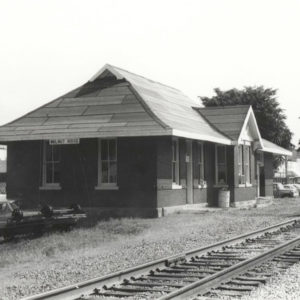 Walnut Ridge Depot
Walnut Ridge Depot
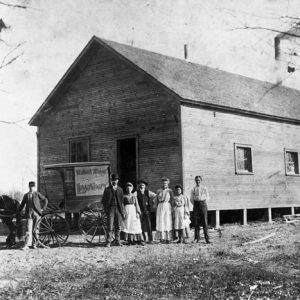 Walnut Ridge Laundry
Walnut Ridge Laundry
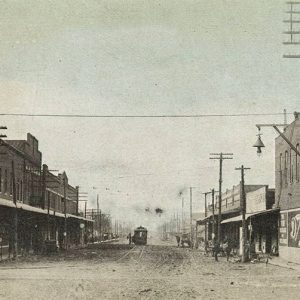 Walnut Ridge Street Scene
Walnut Ridge Street Scene
 Walnut Ridge Street Scene
Walnut Ridge Street Scene




